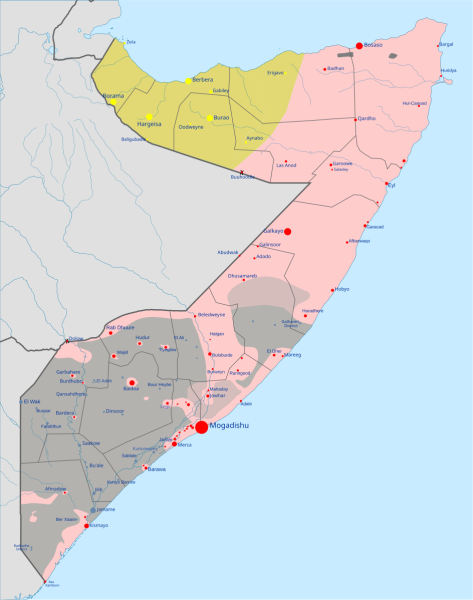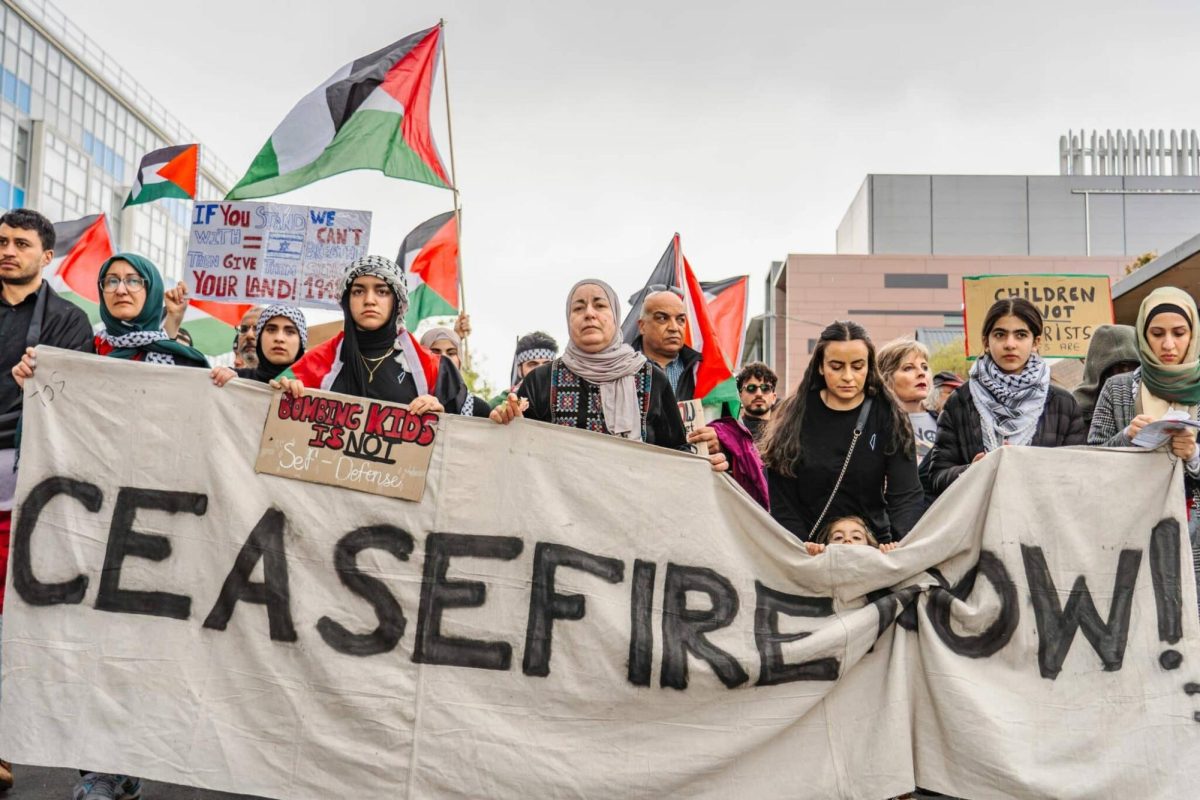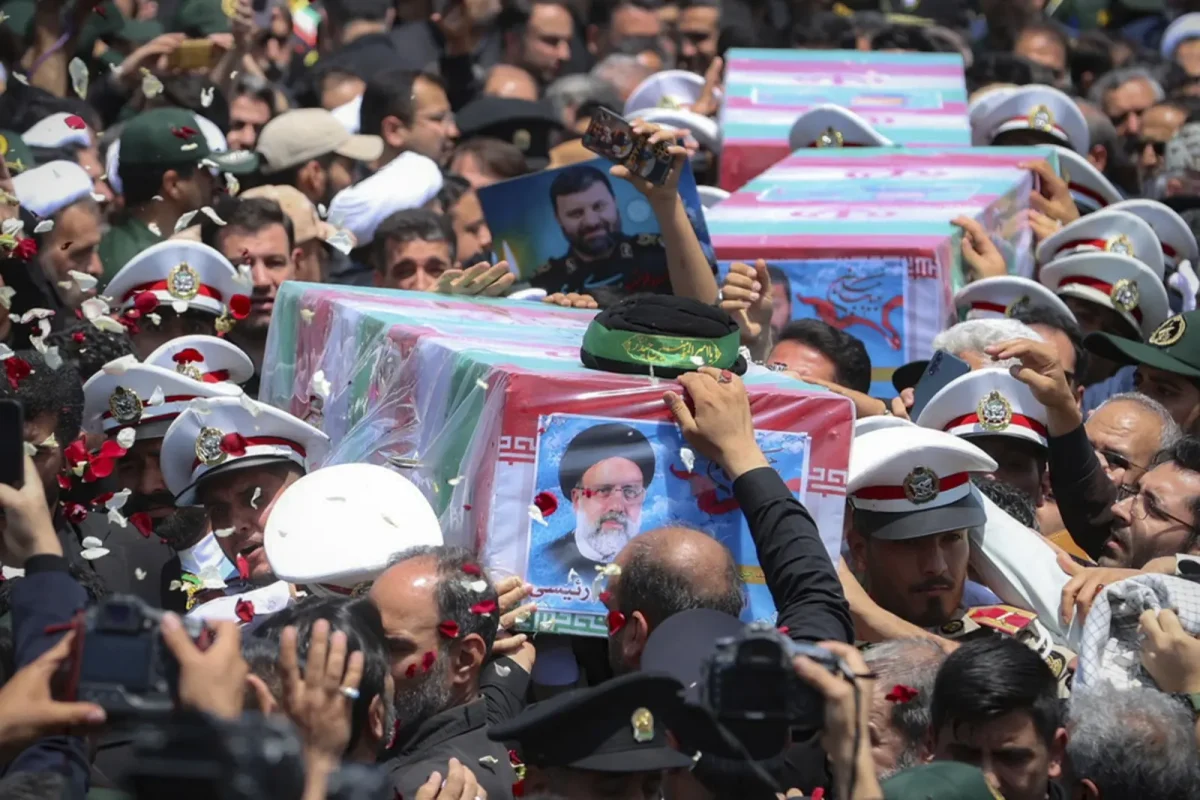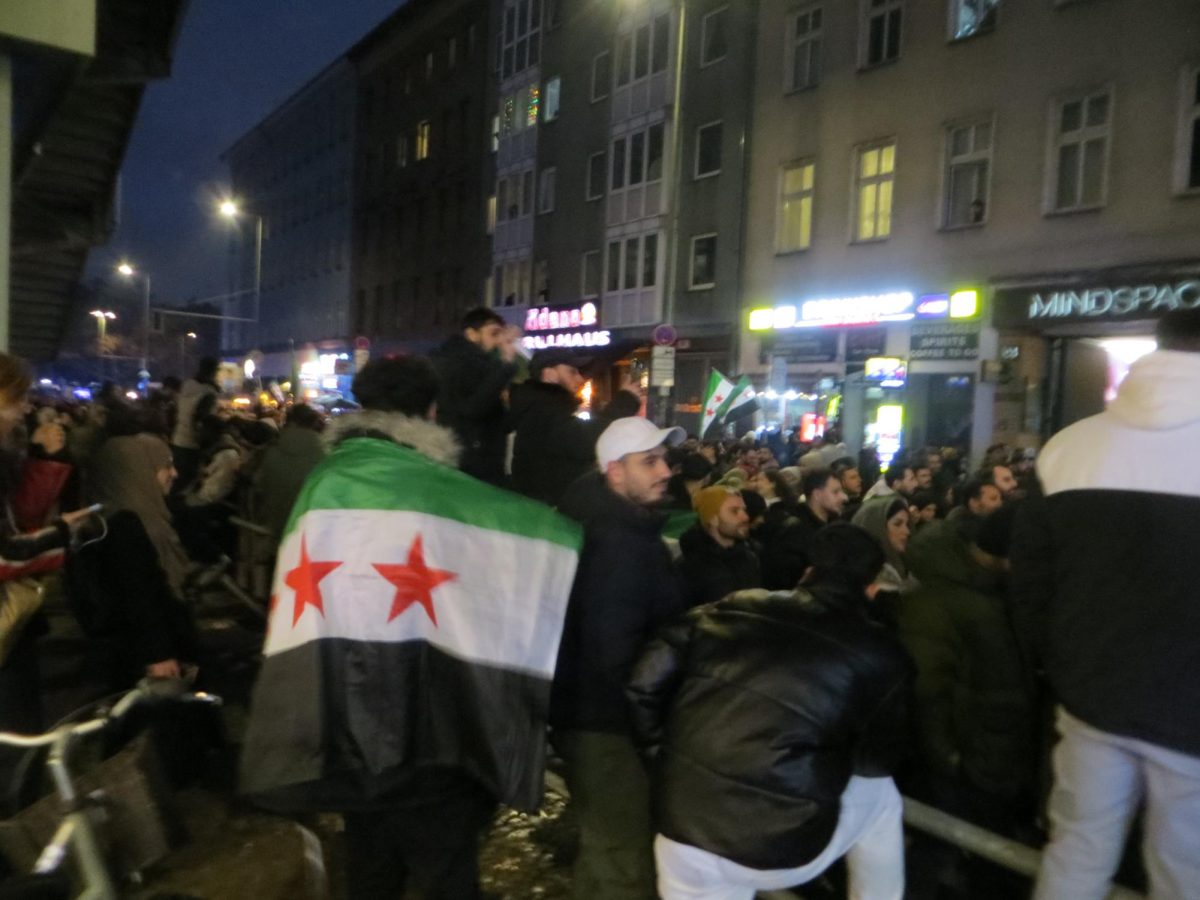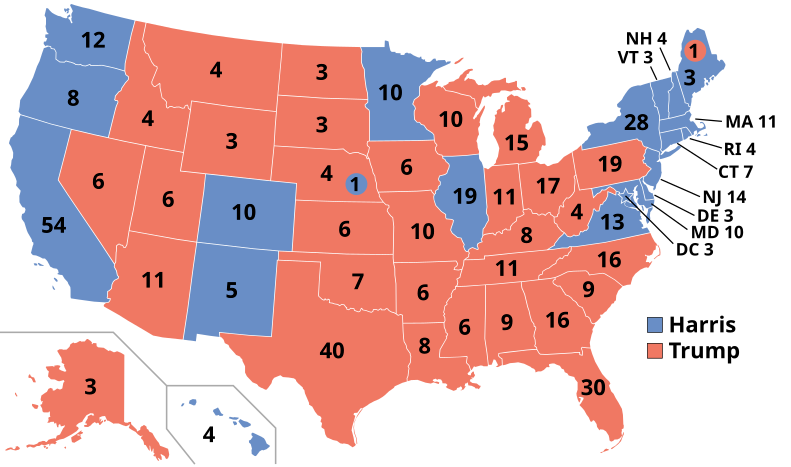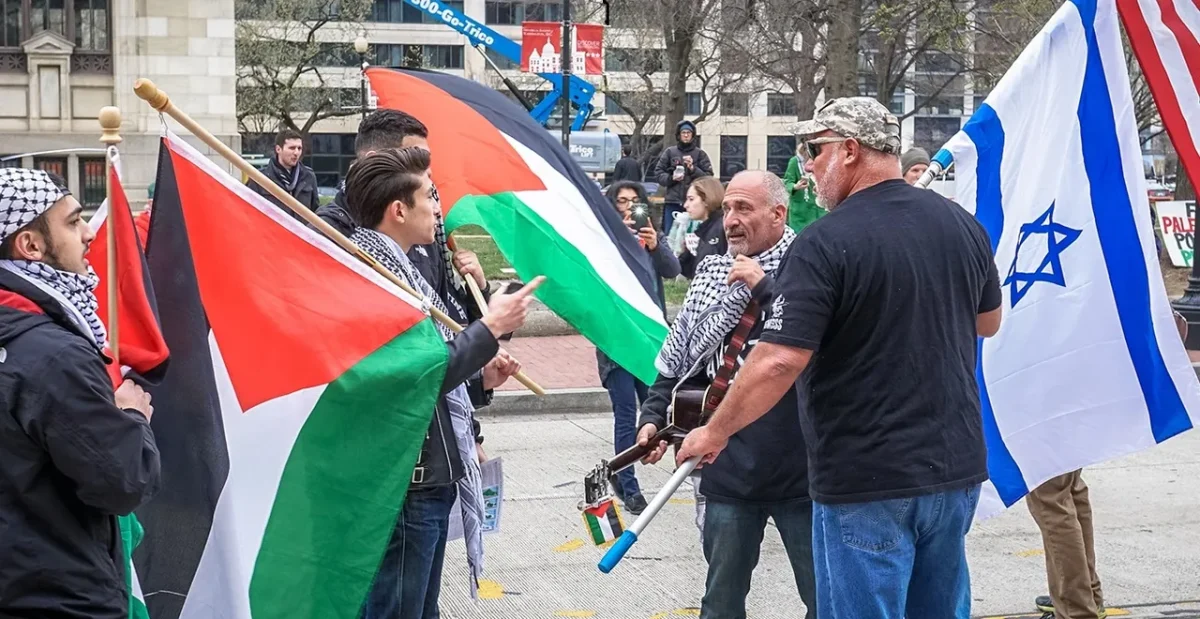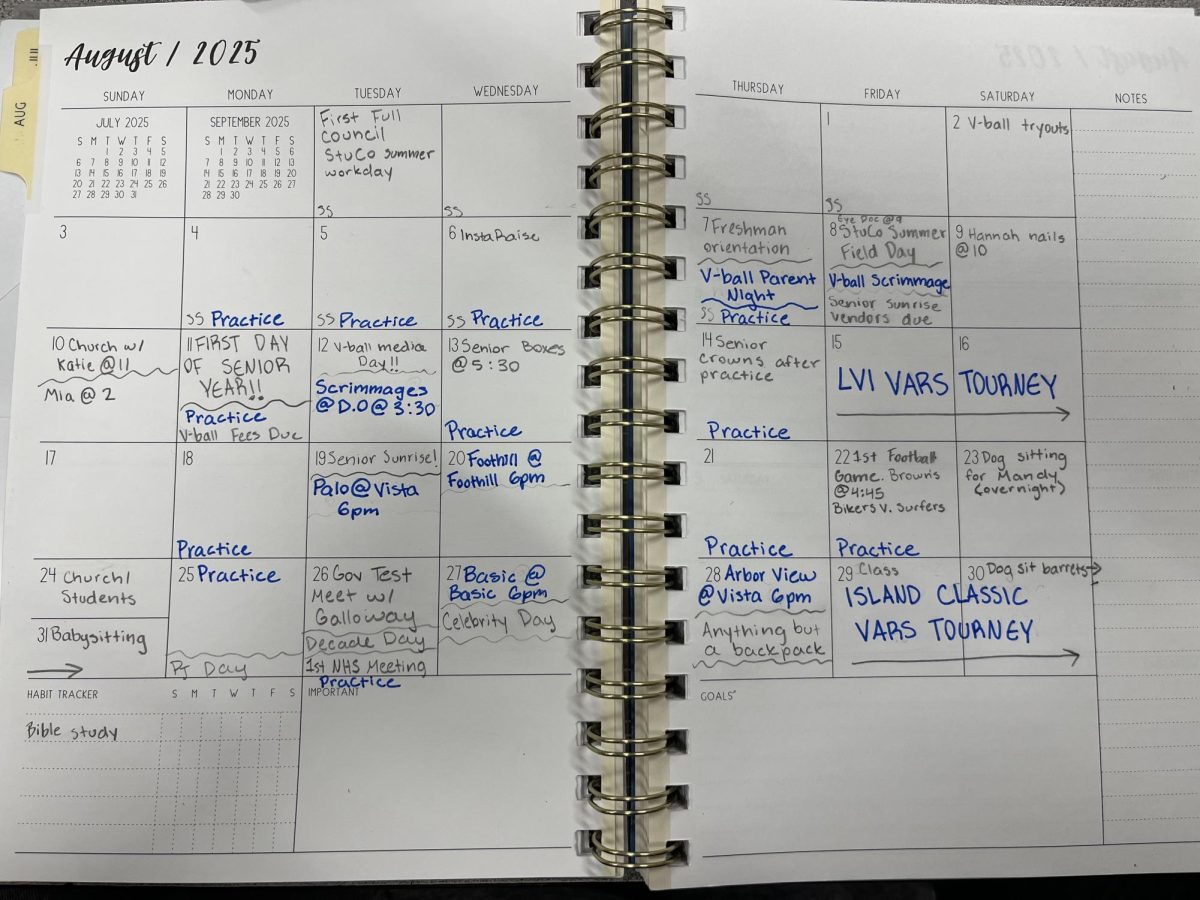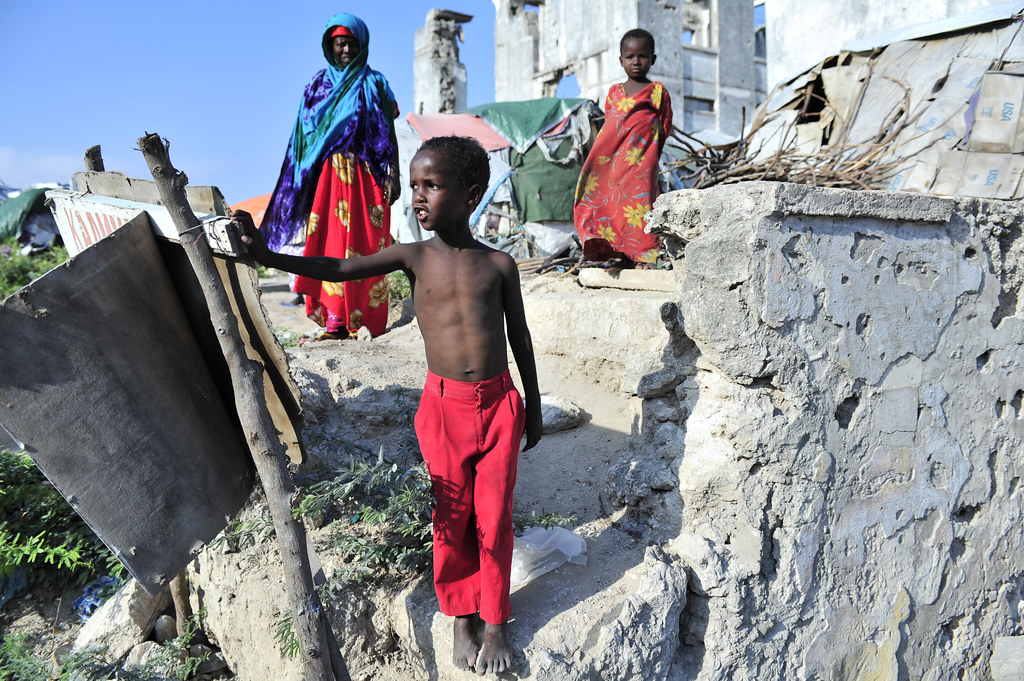On March 12, 2024, Somali pirates hijacked the Bangladeshi MV Abdullah carrier heading from Mozambique to the United Arab Emirates. For over a month, Somali pirates held the ship’s 23 crew members hostage, only releasing them and their boat on April 14, 2024, after the payment of a $5 million ransom. Multiple instances of Somali piracy during March led to their first successful attempt at capturing a commercial tanker since 2017, turning the world’s attention back to the failed state of Somalia after seven years of relative maritime peace in the region. The resurgence of Somali pirates in the Indian Ocean is largely caused by the ongoing Somali Civil War, one of the longest and most devastating conflicts currently active. Somalia’s current conflict is rooted in its complex clan systems known as Qabil alongside colonialism. Somalia stands as one of the most mono-ethnic nations on Earth, with ethnic Somalis making up 98% of Somalia’s inhabitants; however, over 500 clans and subclans, each with their unique customs and political standing divide Somalis.
In medieval times, Somali sultans locally ruled the divided region formed through Qabil, rarely uniting to form a singular nation-state. The Somalis’ clique-based social structure compounded with European exploration further fragmented their society. European powers carved ethnic Somalis into 5 arbitrarily drawn nations: The Ethiopian-controlled Ogaden Region, French-controlled French Somaliland (Modern-day Djibouti), Italian-controlled Italian Somaliland (Somalia proper), and British-controlled British Somaliland and Kenya Colony. During the Second Italo-Ethiopian War, Somali Askaris fought against Ethiopia to occupy and incorporate the Ogaden region into their governate. After five years of bitter conflict, Fascist Italy and its colonial possessions in East Africa collapsed, returning Ogaden to Ethiopia by British decision; however, a sense of pan-Somalism began to form. Italian Somaliland and British Somaliland merged under Abdulahi Issa, leader of the pan-Somali SYP (Somali Youth Group), who secured Somalia’s independence on July 1, 1960. The following incumbents of Somalia hailing from the SYP were fairly moderate in their goals for a pan-Somali state and rather focused on reconstructing Somalia post-colonialism.
Somalia’s trajectory completely shifted after the socialist Major General Mohammed Siad Barre took power on October 21, 1969, after the assassination of Abdirashid Ali Sharmarke. Siad Barre started by throwing out the Constitution and dissolving parliament, devolving Somalia from a developing democracy to an autocratic one-party state. Moreover, Barre emphasized Islamic Sharia law and “Greater Somalia” or Somaliweyn as it is natively referred to. Greater Somalia is essentially an expansion upon pan-Somalism, as Greater Somalia aims to unite the ethnic Somalis in Ethiopia, Djibouti, and Kenya, with Somalia proper. In 1974, socialist revolutionaries overthrew the Ethiopian monarchical dynasty, but unlike Somalia’s revolution, Ethiopia saw instability and drought from the power shift. Consequently, Barre saw the perfect opportunity to conquer Ogaden from Ethiopia and undo the Anglo-Ethiopian Treaty of 1897, which originally legalized Ethiopia’s claim over Ogaden to the dismay of Somalis. Hence, Barre invaded Ethiopia on July 13, 1977, rapidly capturing nearly all of Greater Somalia, until the Soviet Union began militarily and economically backing Ethiopia. With Soviet and Cuban assistance, the Ethiopian military fully pushed Barre’s forces out, ending the Ogaden War. Ironically, Siad Barre’s ambition began the decline of Somalia as a state. Approximately one-third of Somalis fighting in the Ogaden War died, the economy crashed, and ethnic Somalis from the war-stricken Ogaden region fled to Somalia in mass. Public perception of Barre shifted as he failed to deliver on his promise of a prosperous Greater Somali state and by 1991, full-on civil war broke out between various clans and warlords all vying for power and leading institutions as well as law enforcement agencies to disintegrate following the collapse of the central government.
The Somali Civil War sparked one of the worst ongoing humanitarian crises on Earth. The UNICEF reports Somalia as, “one of the most longstanding emergencies in the world.” Many flee the country to neighboring states hoping for asylum and refugee status in Western nations. According to the UNHCR, “More than 35,600 refugees and asylum seekers live inside the country and nearly 3 million people are internally displaced across Somalia.“ Conversely, many resort to human trafficking and piracy as a means to make ends meet. Additionally, radical Islamist factions such as Al-Shabab continue to conduct insurgencies in urban areas. Somaliland, dominated by the Issaq clan, which previously saw the extermination of 200,000 during Barre’s Issaq Genocide, went on to outright secede from Somalia, claiming independence and possessing a completely separate government. The idea of a “Greater Somalia” ceased for tribalism and the division of Somalia. The Somali Civil War persists as not just a disaster for the Horn of Africa but a detriment to global shipping and all nations involved in the Indian Ocean, from the United States to China. Former UN Secretary-General Kofi Annan attested “Somalia is not just a humanitarian crisis; it is a crisis of governance, a crisis of political will, and a crisis of accountability.”
